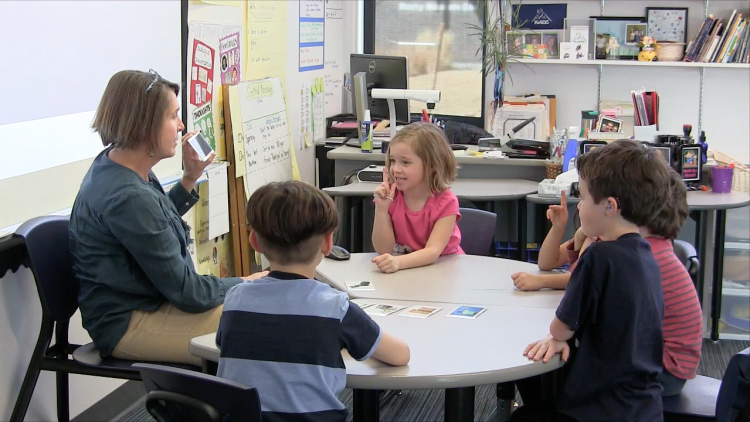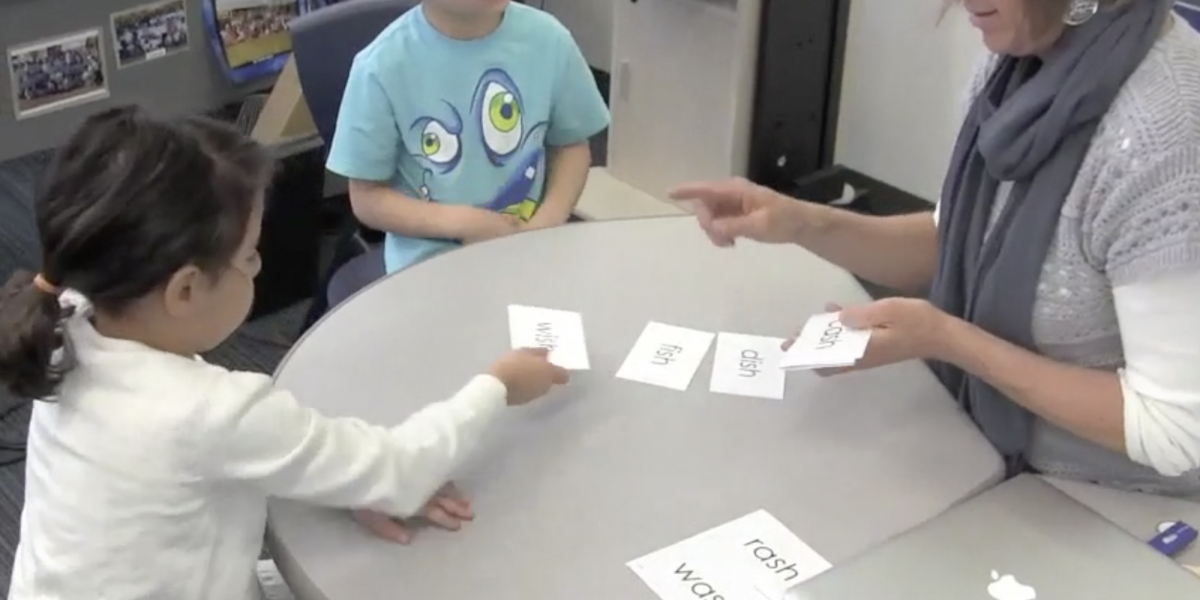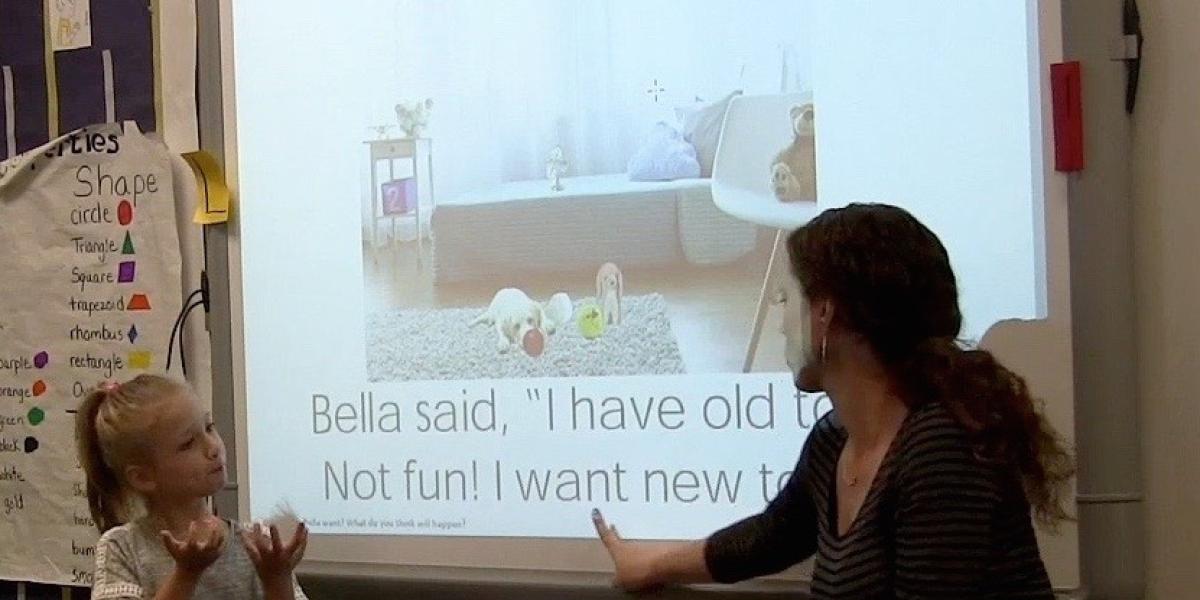About Us
Center on Literacy and Deafness

The US Department of Education - Institute of Education Sciences (IES) funded the establishment of the National Research and Development Center on Literacy and Deafness (CLAD), the first of its kind to focus on deaf and hard-of-hearing children. The center aimed to identify child and instructional factors that affect reading growth in this population and to develop individualized interventions specifically designed for deaf or hard of hearing (DHH) struggling readers in grades K-2.
The Center involved collaboration among researchers at the University of Colorado Boulder, Georgia State University, the University of Arizona, the Rochester Institute of Technology, and the University of California - Irvine.
According to the investigators, the focus on DHH children is important given that poor literacy outcomes have long characterized the DHH population, despite the fact that most of these students have typical intellectual potential.
The DHH population is diverse, requiring researchers to investigate different ways in which a range of children learn to read. For example, there are DHH children with hearing aids or cochlear implants, with varying levels of access to sound sufficient for learning to read using spoken phonological-based approaches. There are also DHH children learning American Sign Language (ASL) as a first language learning to read through print alone as well as some who are also learning spoken English. Each population faces challenges associating their language of communication (spoken or ASL) with printed English.
The Center on Literacy and Deafness has been addressing the need for interventions for the range of DHH struggling readers in lower elementary school through an iterative process of development followed by a small cluster randomized controlled pilot study to demonstrate the promise of the developed intervention.
The Fingerspelling Our Way to Reading Program
Based on evidence that fingerspelling may provide a pathway to decoding words and strengthening print recognition by building phonological awareness, a team from CLAD developed the Fingerspelling Our Way to Reading program. This innovative program is a supplementary literacy program for DHH students in K-2nd grade that focuses on develping fingerspelling phonological awareness, printed word analysis, and mulitple opportunities to read target words in sentences and original stories.



